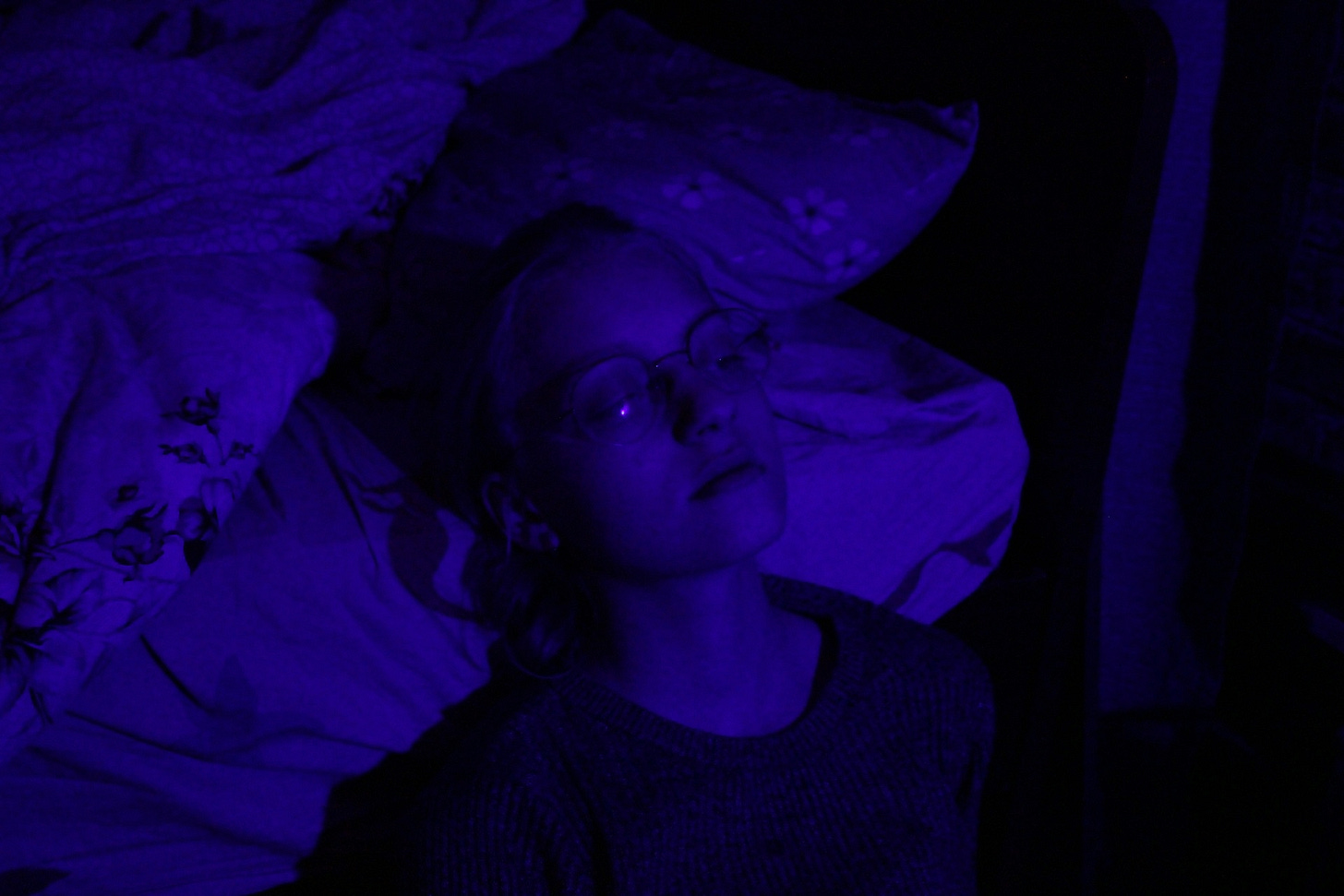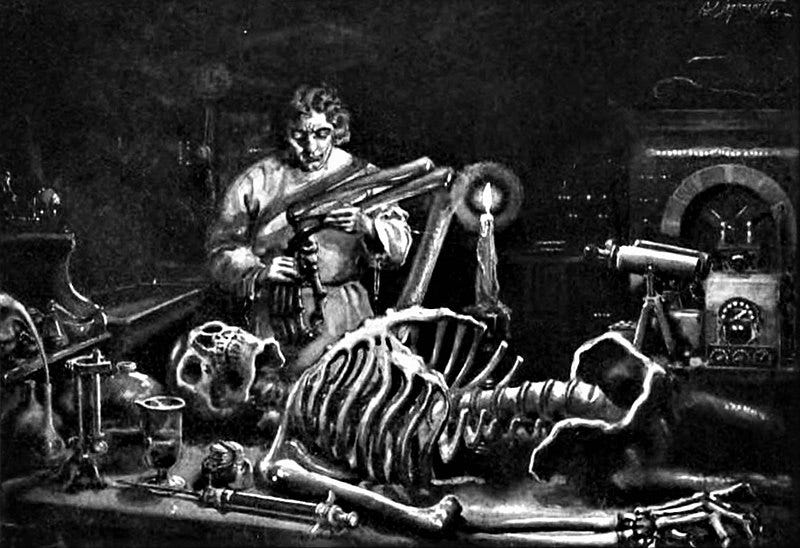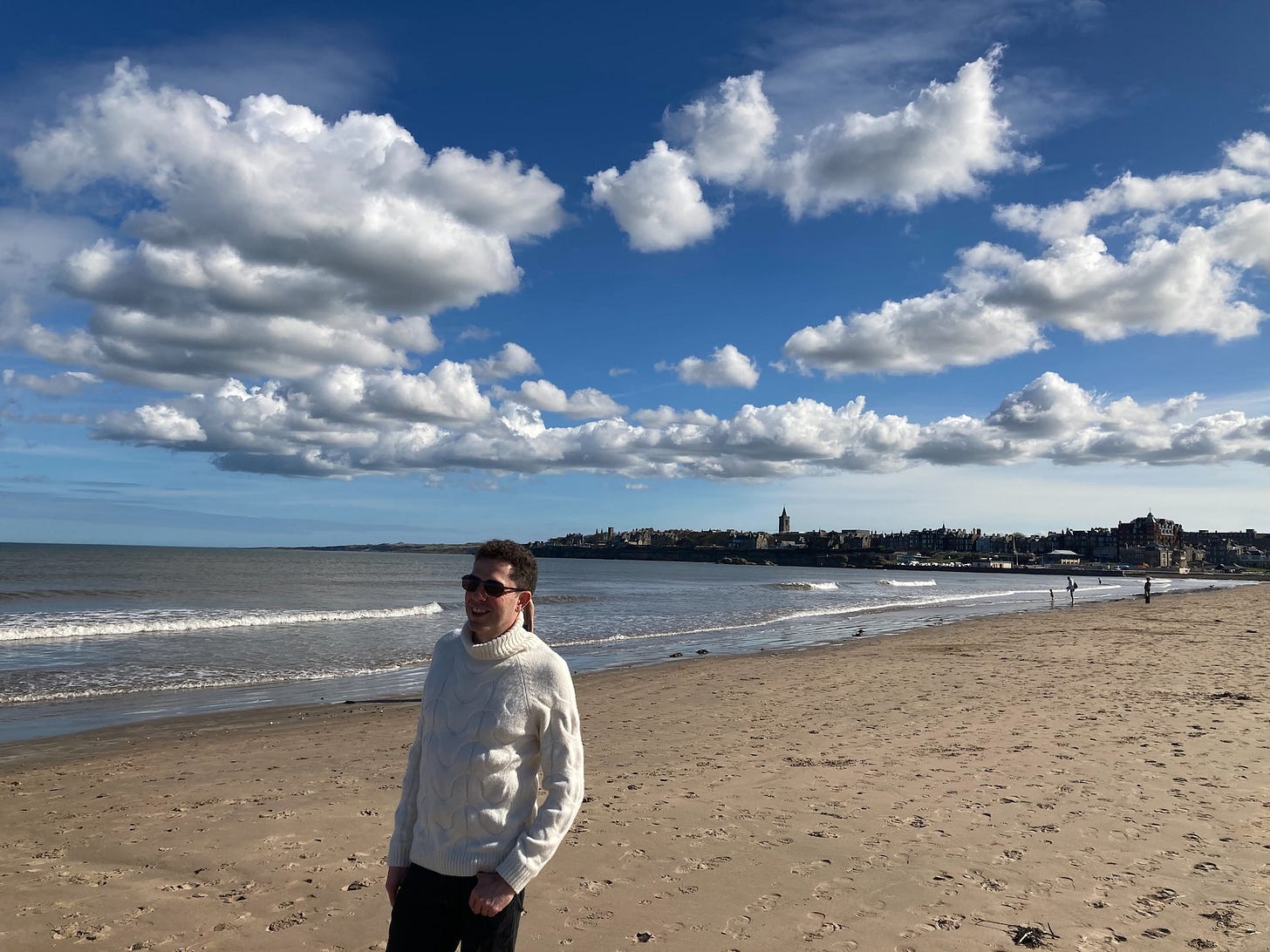Sleep: how to make the most of the twilight zone
A liminal state of consciousness | How to cope with doomscrolling
Hello, and welcome to my new readers.
Many of you arrived through the link in my recent BBC article on disagreement and the art of persuasion. Thanks to everyone who signed up – I hope you enjoy my content.
This week, I’d like to talk about the “twilight zone” – that dozy period just before you drop off at night, when you’re not quite awake and not quite asleep. Artists, writers and inventors have long claimed that their best ideas come from this fuzzy state of consciousness. An 18-year-old Mary Shelley, for instance, stumbled upon the premise for Frankenstein during a “waking dream”:
When I placed my head on my pillow, I did not sleep, nor could I be said to think. My imagination, unbidden, possessed and guided me, gifting the successive images that arose in my mind with a vividness far beyond the usual bounds of reverie… With shut eyes, but acute mental vision, I saw the pale student of unhallowed arts kneeling beside the thing he had put together. I saw the hideous phantasm of a man stretched out, and then, on the working of some powerful engine, show signs of life, and stir with an uneasy, half vital motion.
Thomas Edison was such a firm believer in the power of the twilight zone that he would hold a ball in each hand as he fell off to sleep. When they dropped on the floor, he would regain full consciousness and note down what he had been thinking.

From a neurological point of view, there are some good reasons to believe that the twilight zone would favour creativity. Brain scans, for instance, reveal that it involves high activity in the “default mode network”, a collection of brain regions that together give rise to the free-wheeling, associative thinking that is necessary to come up with original ideas. It can help you incorporate your recent thoughts with long-forgotten memories, for instance – patching together concepts that you may have never considered before.
This would be no good if we had lost the capacity for any critical thought, but we also retain some activity in the brain regions associated with “cognitive control”, which allows us to evaluate the strange thoughts that come to mind – and recognise a stroke of genius when it arrives.
Considering this evidence, Célia Lacaux and colleagues at the Sorbonne Université in Paris suspected that the twilight zone may offer “an ideal cocktail for creativity” – and decided to test the possibility in a laboratory experiment.
Creativity can be a slippery concept to quantify, so the team focused on a relatively abstract activity known as the number reduction task. The participants were told to figure out the eighth digit in a sequence, by applying a series of logical rules. Crucially, however, there was a hidden shortcut – the final answer was always the correct response to the second step in the procedure. Discovering this novel strategy requires the participants to slightly relax the constraints on their thinking – which is essential for creativity.
The participants first solved 60 of these problems, before taking a short break in a darkened room for 20 minutes. They sat in a reclining chair with their eyes closed, but were told to hold a paper cup or plastic bottle in one hand – a strategy inspired by Edison to ensure that most participants would remain on the cusp of sleep. As the participants rested, the researchers measured their brain activity. They then returned to complete a further set of number reduction tasks.

As you might expect, some stayed fully awake while others began drifting into that murky state on the very edge of sleep – and the result was a huge difference in their problem-solving ability. Indeed, just one minute spent in the twilight zone trebled the participant’s chances of discovering the hidden rule, compared to those who remained alert throughout. Strikingly, people who fell into a deep sleep performed even worse, supporting the idea that the optimum state of consciousness for creativity lies between the two.
I hope future research will examine the role of the twilight zone in other forms of idea generation, including the arts. For now, I’ll be paying more attention to my thoughts as I glide into sleep, and keep a notebook next to my bed in case I am struck by inspiration for a best-selling, genre-bending novel.
Let me know if you’ve ever experienced any Eureka Moments in the small hours; you can comment on the Substack app, contact me through a DM, or send a quick email through my website: www.davidrobson.me/contact.
A remedy for doomscrolling
I’ve published a couple of articles over the past week. The first was an interview in the Observer with mathematician Adam Kucharski, whose book Proof: The Uncertain Science of Certainty (Profile) is highly recommended. He’s also got a great newsletter, Understanding the Unseen.
The second piece was my advice column for New Scientist, in which I respond to a reader asking how to conquer their doomscrolling: that habit of dwelling on bad news stories. The piece is behind a paywall, but here’s one strategy that I’m trying to apply to my own browsing:
A recent study by psychologists Kathryn Buchanan and Gillian Sandstrom asked people to watch footage about the Manchester Arena bombing that happened in May 2017. They found that showing some examples of brave and altruistic responses to the attacks helped to reduce participants’ distress and cynicism. They were more likely to respond positively to statements such as “people are basically good” and “the way our society works makes sense”, for instance.
Of course, we shouldn’t aim to sugarcoat every troubling event so that we no longer feel any fear or anger. But by bolstering our resilience, we may become more motivated to take positive action. A follow-up study by Buchanan and Sandstrom found that people who watched others’ kindness were more willing to act pro-socially themselves. The world may be a dark place, but we can choose to look for the light.
That’s all from me! I spent a few days in sunny Scotland last week; here’s a picture of the stunning beach at St Andrews.
If you like what you’ve read, please consider sharing it with others. See you next time!
David x





I love this research and use it constantly, both to maximize creative thought but also to reduce the anxiety about how quickly I fall asleep (I find it comforting to know that period of time can be productive!). Great newsletter, as always David.
indeed! that woozy state of overtiredness you can literally feel your subconscious filing away the days rigours, solving crossword clues & generally tidying up the day's mental chaos.
and...
like sleep most problems are solved when you stop trying 💤